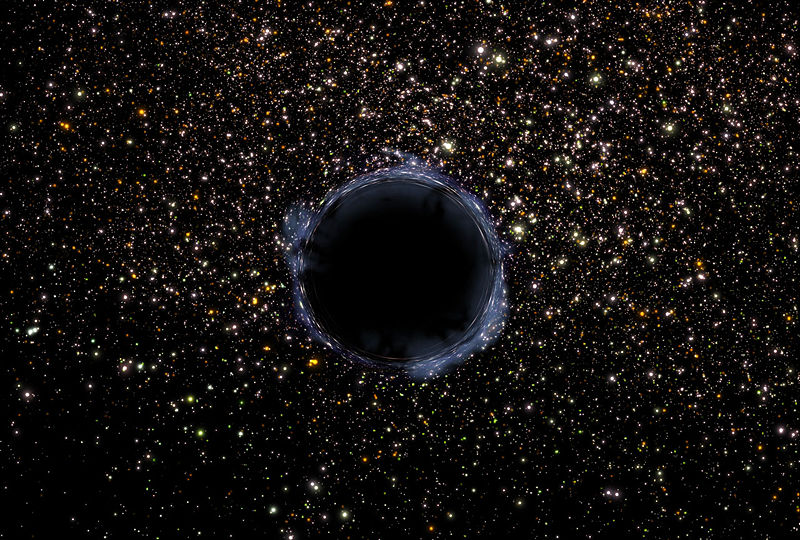 |
| Created By Jodsat Graphic Media |
From my point of view the core issue is the combination of geography with other disciplines in grade school, usually history or social studies. As a result it takes a back seat and usually only a few lessons or units are devoted to geography. I remember my high school experience with geography consisted of memorizing a few key rivers and geographic feature of my home state (Virginia) and the United States. I don't think it was a very constructive use of my classroom time, and it gave an impression that geography is about memorizing places.
Instead we should be teaching children, and for that matter teaching adults, how our world interacts with us and how we interact with the world. How did physical geography shape our history, and how will it shape our future? How have humans impacted our world, and how might we impact it tomorrow? Location and space are connected to every other field of academic study, yet somehow it's ignored in most schools. As a result kids quickly forget where the Shenandoah river is shortly after the test, they can't read a map, and they don't realize that the food they choose to buy impacts far away cultures and land formations (and eventually will impact their own communities).
Take a minute to review the New York times article and think of how you can better teach geography in your classroom or at your dinner table. The suggestions are based off of Nat Geo's National Geography Standards, which is another great place to learn about geographic thought.
.jpg/800px-Kalkun_(Meleagris_gallopavo).jpg)


